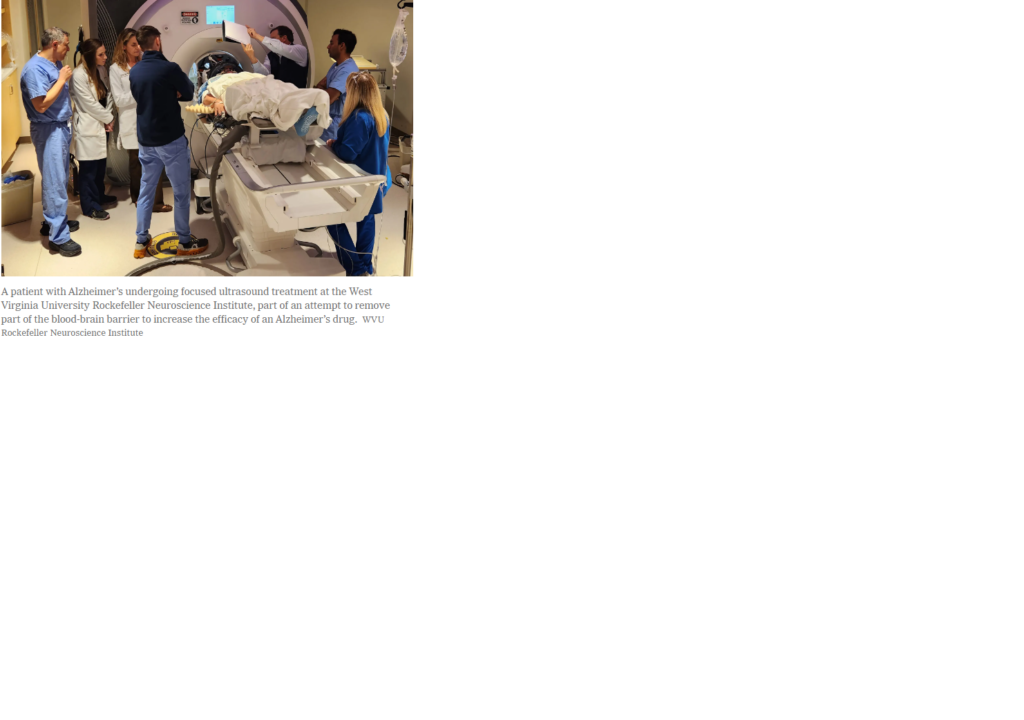The Aging Heart: A Comedy of Errors in Slow Motion

Ladies and gentlemen, welcome to the hilarious world of aging hearts, where the beat goes on, but the jokes just keep getting better! Buckle up as we take a side-splitting journey through the misadventures of neuro-vascular interface in the heart – it’s a wild ride you won’t want to miss!
So, picture this: your heart, that trusty old ticker, chugging along like a champ. But as the years pile on, it starts to show its age – kind of like your grandpa trying to keep up with TikTok trends. Researchers have discovered that aging isn’t just about wrinkles and grey hair; it’s also about your heart throwing a tantrum and forgetting how to boogie.
In a study that would make even the most seasoned scientist do a double-take, it turns out that as we age, our hearts start to lose their nerve – literally! Nerves in the left ventricle, the heart’s VIP section, start packing up and heading for retirement faster than you can say “senior discount.”
But wait, it gets even goofier! Not only do our hearts start shedding nerves like a cat sheds fur, but they also get picky about which nerves they keep around. It’s like a bad breakup where your heart decides it’s better off without certain types of nerves, leaving you feeling like you’ve been dumped on Valentine’s Day.
And let’s talk about rhythm – not the kind you bust out on the dance floor, but the one that keeps your heart beating like a well-oiled machine. As we age, that rhythm starts to sound more like a broken record, with heart rate variability taking a nosedive faster than you can say “symphony of snoring.”
But fear not, fellow adventurers! Just when you thought the aging heart was a lost cause, along comes the cavalry – in the form of senolytics[https://en.wikipedia.org/wiki/Senolytic], a dynamic duo here to save the day! These senolytics swoop in like caped crusaders, targeting those pesky senescent cells that are wreaking havoc on your heart’s nerve density.
And guess what? It’s not just about keeping the beat; it’s about living life to the fullest! Senolytics not only rescue your heart from the brink of retirement but also restore your sense of humor, your zest for life, and maybe even your ability to dance the Macarena without throwing out your back.
So there you have it, folks – the aging heart, a comedy of errors in slow motion. But with a little laughter, a dash of science, and a sprinkle of senolytics, we can keep the party going well into our golden years. So, next time you feel your heart skip a beat, just remember – it’s not aging, it’s just getting funnier!





